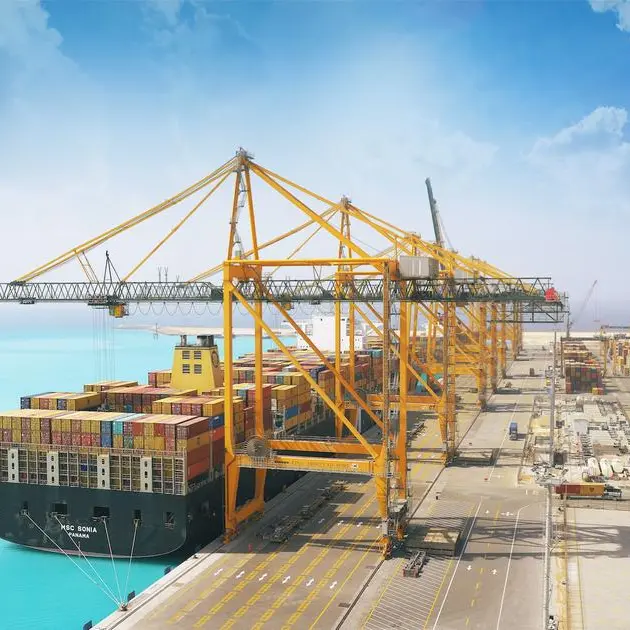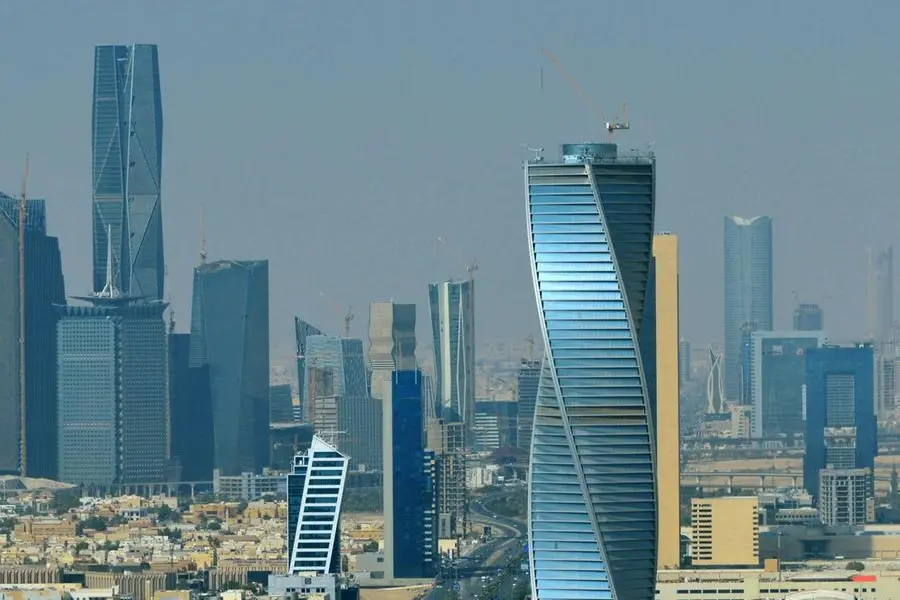PHOTO
The S&P Global logo is seen outside a building in Washington, DC, on July 25, 2019. (Photo by Alastair Pike / AFP)
Muscat – S&P Global Ratings has revised its outlook on Oman to ‘positive’ from ‘stable’. At the same time, the rating agency affirmed its ‘BB+/B’ long- and short-term foreign and local currency sovereign credit ratings on the sultanate.
The positive outlook reflects S&P’s confidence that the Omani government’s balance sheet will strengthen and the economic reform programme could lead to faster-than-expected deleveraging in many state-owned enterprises, without dampening economic growth outcomes. This would strengthen the economy’s resilience to adverse oil price shocks.
In a statement released on Friday, S&P said it could raise Oman’s sovereign ratings over the next 18 months if the sultanate’s fiscal position strengthens further – for instance, from a continued reduction in government debt – and the state-owned enterprise sector continues deleveraging. A stronger economic growth trajectory could also contribute to an upgrade, it added.
‘The outlook revision reflects ongoing improvements in Oman’s government balance sheet. We estimate the government’s budget surplus over 2023 at 2.6% of GDP. Net government debt declined to an estimated 2.4% of GDP in 2023 compared to 7.7% in 2022. With forecast budget surpluses averaging 1.2% of GDP over 2024-2027, the government is well placed to continue reducing external debt or accumulate assets.’
The rating agency expects the Omani government to broadly continue with its fiscal reform programme. However, because oil prices are still high, S&P said the government has the flexibility to moderate some measures to support economic activity and reduce the effects of past austerity on the population.
‘For example, electricity subsidies will be cut more gradually, over ten years, instead of the initially planned five. To limit the impact of food price inflation, the authorities expanded the list of VAT exemptions to 488 items from 93. They also reduced work visa fees for expatriates to encourage private sector activity and lowered or cancelled several municipality and services fees, while also streamlining these,’ the agency added.
As per S&P estimates, total state-owned enterprises (SOEs) debt decreased to US$33.9bn (31% of GDP) at year-end 2023 from US$34.3bn (31% of GDP) at year-end 2022, after peaking at US$35.9bn (41% of GDP) at year-end 2021. The rating agency expects Omani SOEs debt to remain broadly flat in nominal terms, but reforms could lead to deleveraging in 2024 and 2025.
© Apex Press and Publishing Provided by SyndiGate Media Inc. (Syndigate.info).





















